Nobel prizes 1988
Award-winning pharmacy

The 1988 Nobel Prize in Medicine and Physiology was awarded to the Americans James Black and Gertrude Elion and George Hitchings. His work has focused on developing new drugs to treat common diseases. The decision of the Nobel Committee explained why it has been awarded the prize: for the important findings in drug treatment, these findings have led to the development of new medicines.
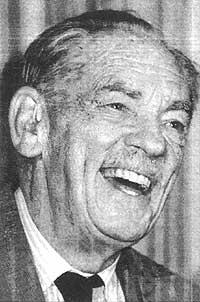
James Black
He works at King's College Hospital in London and could be considered the father of analytical pharmacology. It was he who designed the first beta-blockers used to treat patients with heart attacks. Subsequently, using the same principles he used for the design of beta-blockers, he designed the H2 antagonists used for the treatment of gastric ulcers. One of them is zimetidine (trade name Tagamet), one of the best-selling medicines in the world.
Two other researchers, Gertrude Elion and George Hitchings, work in the laboratories of Burronghs- Wellcome and work together since 1945. Its objective was to check whether human cancer cells, humans and microorganisms synthesize nucleic acids differently. The ultimate goal was to find subtleties that interfere with these synthesis.
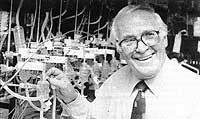
His work has led him to develop drugs to treat malaria, leukemia, bone, herpes, and transplanted organ recusal.
Awarded particle physics
This year's Nobel Prize went to three American physicists: Melvin Schwartz, Jack Steinberger and Leon Lenderman. The prize has been awarded for the work done thirty years ago on the Brookhaven particle accelerator. The note published by the Nobel Academy justified the award: the sessions developed by the three offered new research possibilities to analyze the internal and dynamic structure of the matter.
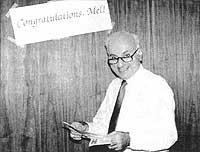
The work these three physicists did during their stay at Columbia University in New York in 1959, Schwartz, the youngest of the group (then 27 years old), came up with the use of high-energy neutrino beams to know the nature of the weak nuclear force. The weak nuclear force is one of the four fundamental forces of nature. The other three are strong nuclear force, gravitational force and electromagnetic force.

Schwartz
proposed the use of particles called pawns as sources of neutrino. Pions occur when high energy protons collide with matter. Pions, however, quickly disintegrate into muons and neutrinos. Schwartz proposed creating a large number of pions in a proton accelerator and allowing their disintegration by passing matter through a large block. If the block is large enough, it would only be crossed by neutrinos with a very weak interaction. The pions, muons and other particles would be in block.
In doing this program the three physicists wanted to see if the neutrino that arises from the disintegration of the pions was equal or not to that which occurs in the beta-disintegration. They could decide how neutrinos generated in the particle accelerator reacted to atomic nuclei. If electrons and muons appeared as a result of this reaction, neutrinos would be of the same type. However, if only muons were formed, there would be two types of neutrino (one related to the electron and one related to the muon).
In the experimental work carried out in 1960, 100 billion neutrinos were passed through the detector and 51 reactions were generated. In all cases only muons were formed and it was decided that there were two types of neutrinos.
Controversial Nobel Prize in Chemistry
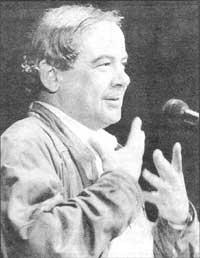
The Nobel Prize in Chemistry awarded in 1988 to German researchers Johann Deisenhofer, Robert Huber and Hartmut Michel has created controversy among scientists. The awarding of the prize is not questionable (since the winning research has been very good) but it has been decided whether all the winners deserved or not.
Through photosynthesis, green plants transform carbon dioxide and water into oxygen and sugars. Photosynthesis makes life possible on our planet, with which the oxygen needed for breathing is generated. Three German researchers have investigated the structure of the molecular complex that makes photosynthesis possible. The reaction area of the membrane of a photosynthetic bacterium has been extracted and after its crystallization the structure has been studied by X-ray diffraction.
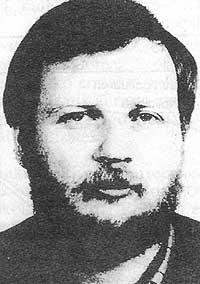
The work has been broken. Michel has worked on a difficult stretch: the extraction of the reaction zone and crystallization. The crystals obtained were delivered to Deisenhofer for structural analysis. Deisenhofer was part of the Crystallography group led by Huber. In 1985 the researchers announced the achievement of the entire structure of the reaction center.
The controversy arises when the Nobel Prize is awarded. Some consider it unfair to award the prize to Huber. Huber, as head of the crystallography department, only signed the article announcing the discovery and did not participate in the work. Some say that Huber signs all the articles published in his section even if he does not participate in the investigation.
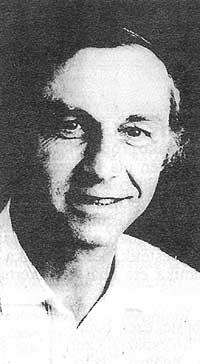
Others claim that the prize should be awarded only to Michel, who has made the true discovery crystallizing the center of reaction. According to them, the others have only performed conventional crystallographic analyses.
In the opinion of others, other biochemists who may be pioneers of Michel's work are missing in the award designation. They mention the name of the American George Feher, among others.





